Exploring the Creative Mind of Taku Kumazawa: A Journey Into Sustainable Furniture Design
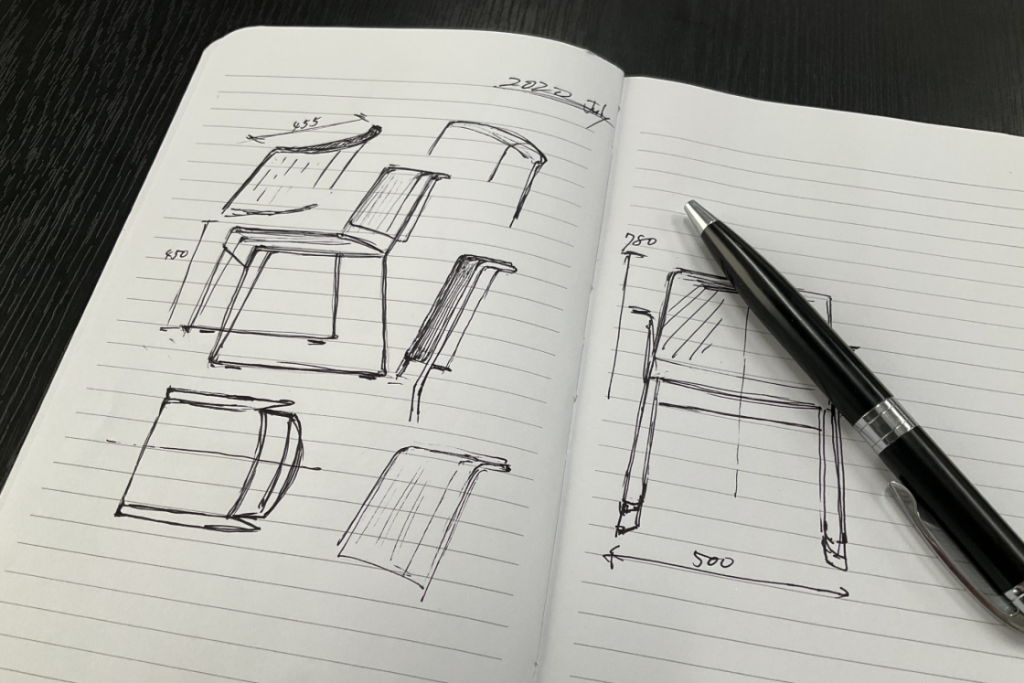
At the recent The 69 O'Riordan Collective 2023 event, KE-ZU had the pleasure of welcoming the visionary Japanese designer Taku Kumazawa who unveiled the stunning Gene chair, capturing the attention of Interior Designers and Architects alike.
We had the chance to interview him and delve into the creative mind of this innovative designer to gain insights into his inspirations, the sustainable practices underpinning his designs, and much more.
Discover the unique perspectives and influences shaping Taku Kumazawa's remarkable creations.
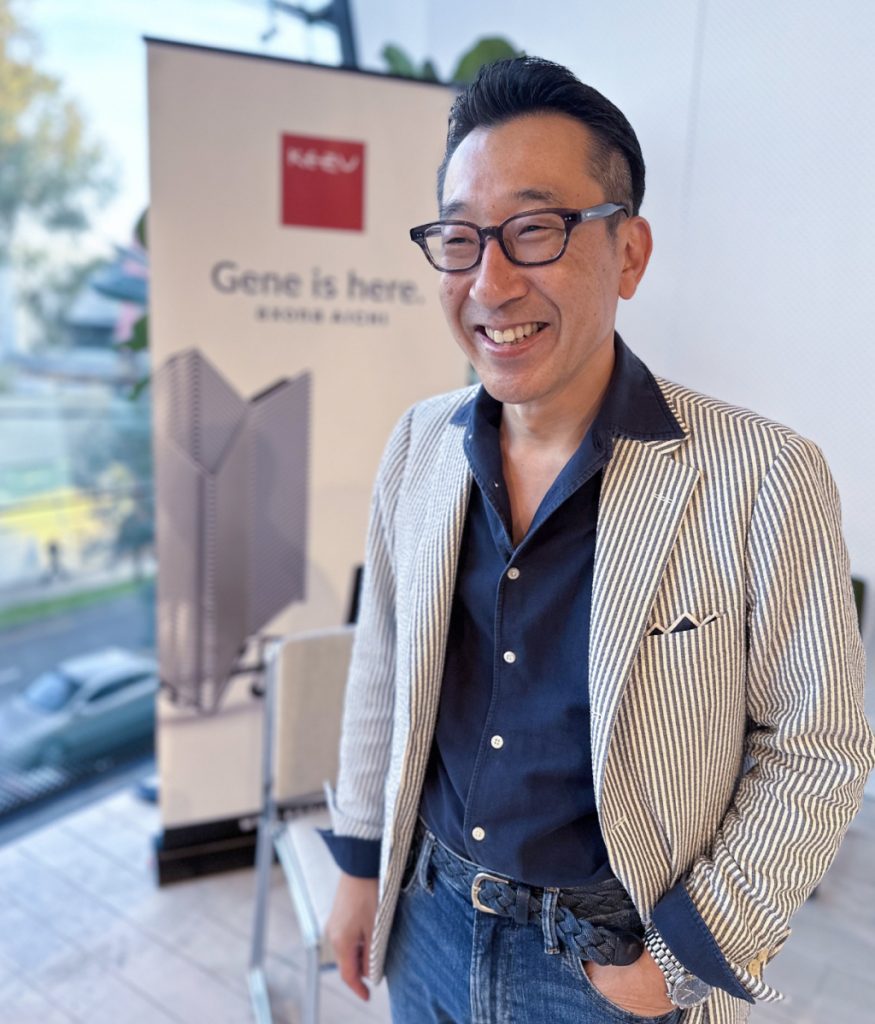
When did you join axona AICHI?
Almost 30 years ago. I joined AICHI in 1994 and introduced new design concepts with not only new appearances and aesthetics but also new functions and construction.
Can you tell us more about your background and how you came to be designing highly technical furniture for Aichi?
I studied industrial product design at Nagoya University of Arts, where I shared a great interest with a professor about user friendliness and sustainable design in public facilities. Eventually, this became my research theme, which I applied to all my assignments and projects.
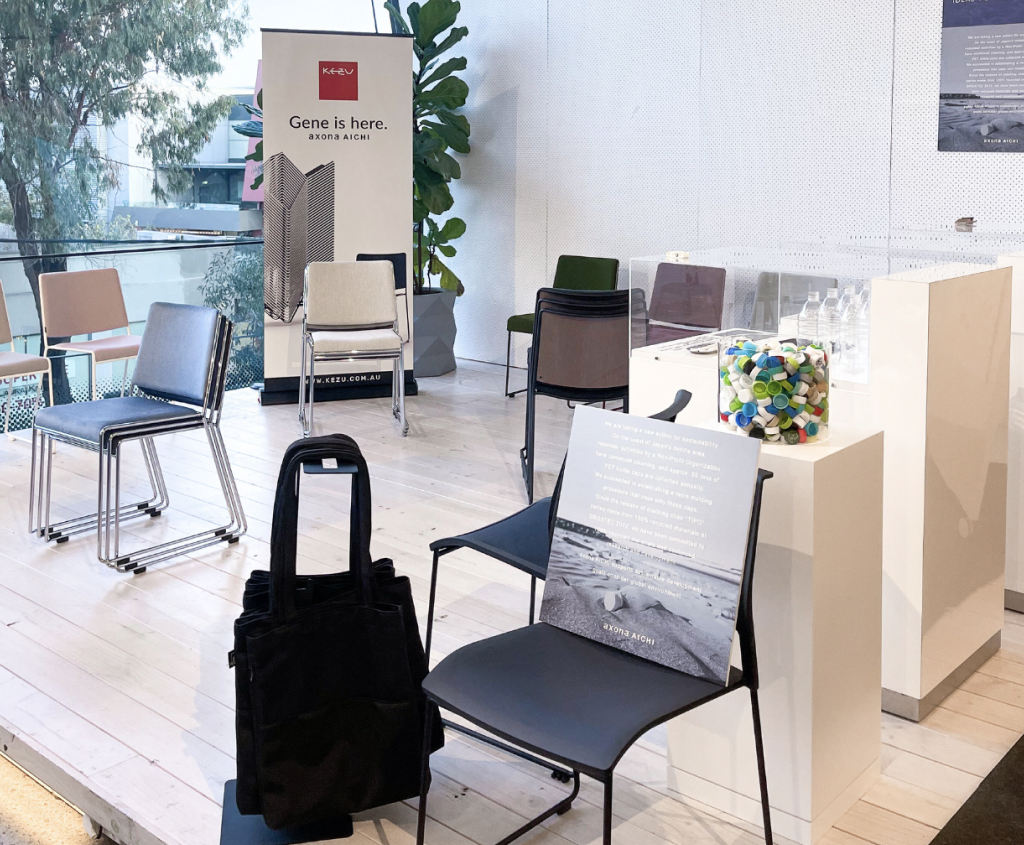
From when you started until today, what are the most significant changes you embraced in your design?
To be accepted smoothly, a sustainable and functional design was needed in public society, and I tried to incorporate these design concepts in practical projects as a designer.
Where can we find influences from Japanese culture in your work?
I had never considered the design influence of Japanese culture. Rather than that, I thought about the design from a global perspective. If I had to define it, I would say " lightweight". Japan is a resource-poor country, so I sought durability and strength with a minimum number of materials. As a result, we successfully designed an ecological Tipo stacking chair, Amazingly, even though its weight is only 4.5 kg, the Tipo meets international durability standards.
Where can we find influences from Japanese culture in your work?
I had never considered the design influence of Japanese culture. Rather than that, I thought about the design from a global perspective. If I had to define it, I would say " lightweight". Japan is a resource-poor country, so I sought durability and strength with a minimum number of materials.
As a result, we successfully designed an ecological Tipo stacking chair, Amazingly, even though its weight is only 4.5 kg, the Tipo meets international durability standards.
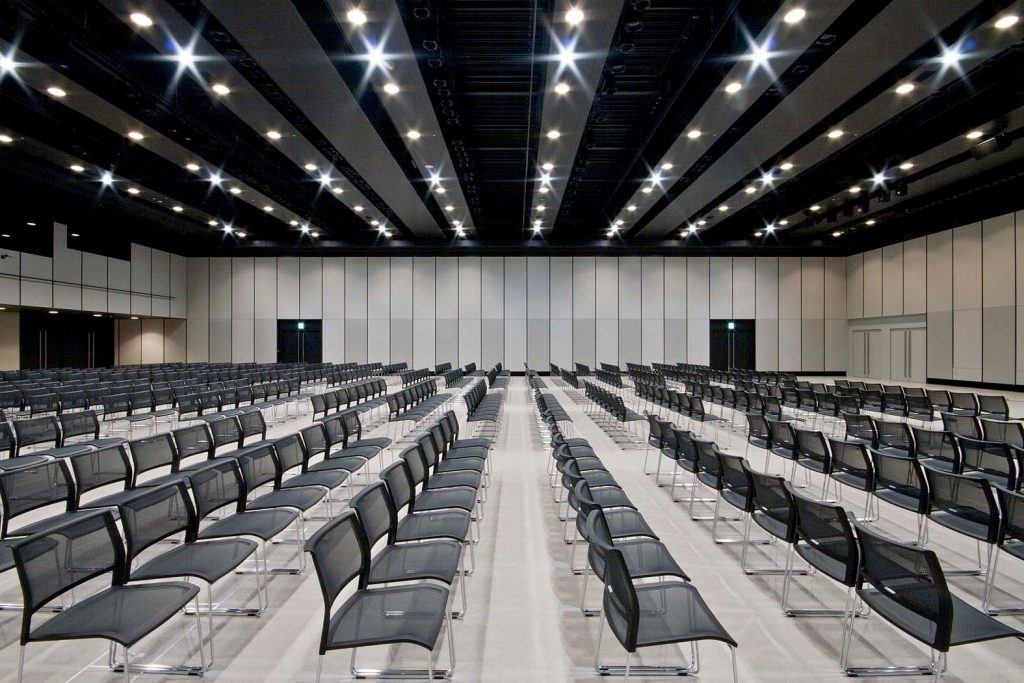
Tipo Chair for Axona Aichi
Can you explain your design philosophy and how it aligns with the needs of contemporary interior designers?
My design philosophy is to create new universal standards that fit into versatile styles and any occasion all the time. The Tipo, designed in 2012, has not gone out of fashion because of its timeless design.
Can you tell us more about your choice of materials and how they contribute to developing your design?
Having an ecological concept is also central to the design. The Tipo chair utilizing 100% recycled material, is an earth-friendly product. Initially, the cost of waste materials should not be affected by the market price of material (but not commodity costs), such as price increases in petroleum. A great achievement was probably the 100% PP recycled material we developed, comparable to the virgin materials.
We know you are a car enthusiast; during these years, did the car design evolution also inspire you somehow?
I don’t feel I was affected by it. Rather than that, I am actually not a great fan of the latest high-technological cars. I still prefer geometric and functional Bauhaus design.
What inspired you to pay more attention to sustainable practices?
My university professor was one of my main inspirations; since my major theme of the study was sustainability design, I wanted to carry this into my work.
How did you infuse sustainable principles into your furniture designs during these years?
My goal is always 100% recycled materials, which must be comparable to virgin materials. Our new product Gene chair also uses 100% recycled plastic materials. Many products worldwide use composite materials mixed and blended with recycled materials as a corporate effort. My ideal goal should be to reuse 100% of the materials, which must be the same quality as virgin material.
How did you infuse sustainable principles into your furniture designs during these years?
My goal is always 100% recycled materials, which must be comparable to virgin materials. Our new product Gene chair also uses 100% recycled plastic materials.
Many products worldwide use composite materials mixed and blended with recycled materials as a corporate effort. My ideal goal should be to reuse 100% of the materials, which must be the same quality as virgin material.
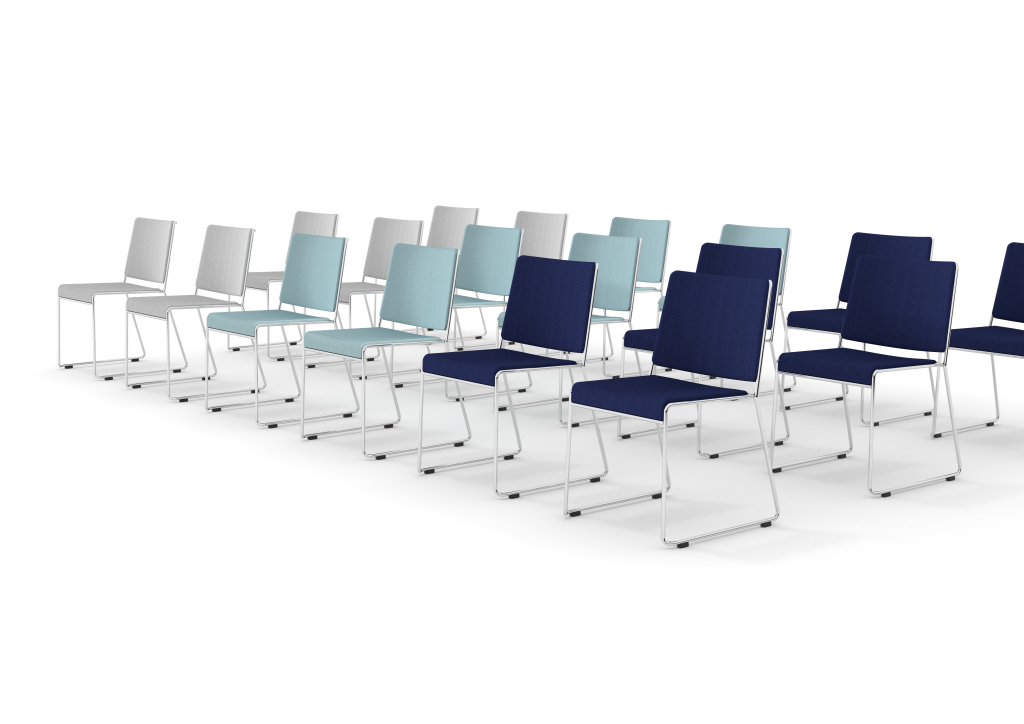 Gene Chair for Axona Aichi
Gene Chair for Axona Aichi
Can you share a curious story about the study and experiences in sustainable design?
We are not a chemical manufacturer. In general, many economically conservative suppliers are not interested in a stable supply of 100% recycled plastic materials in non-colour. We could not have achieved the recycled new material development of Tipo and X50 without the current business partners, who were very interested in producing unparalleled products worldwide.
We are not a chemical manufacturer. In general, many economically conservative suppliers are not interested in a stable supply of 100% recycled plastic materials in non-colour.
We could not have achieved the recycled new material development of Tipo and X50 without the current business partners, who were very interested in producing unparalleled products worldwide.
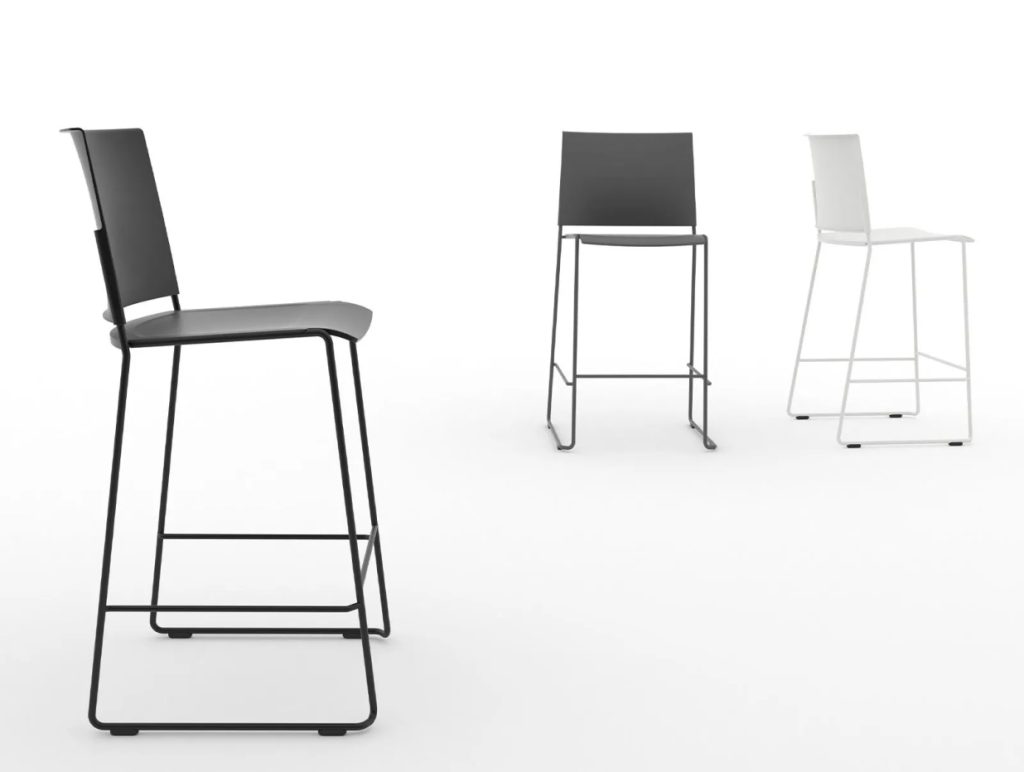
X50 Stool for Axona Aichi
Can you share a memorable project or outcome in this design evolution with recycled materials?
We had a lot of success producing sustainable products using 100 % plastic marine waste, the materials are made of collected PET bottle caps at the beach/es by volunteers of non-profit organizations. The volume they collected annually was 60 tons. The colour we can provide is only metallic type of colours due to the commercial information printed on caps.
We have strict government rules for separating the rubbish /garbage/ trash into several categories. So, all recollected PET bottle caps in the market currently reused as fuel could be used as recycled materials soon.
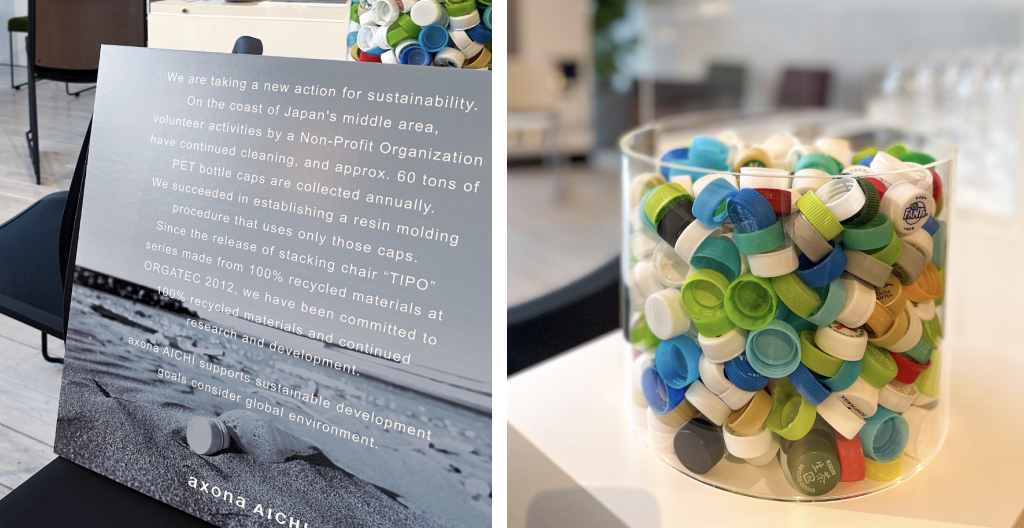
How do you balance creating visually appealing furniture pieces and maintaining your commitment to sustainability?
Our 100 % recycled polypropylene pure pre-consumer waste by-product is comparable to virgin materials, allowing us to produce any products in any colour, including pure white.
How do your sustainable designs ensure the longevity and durability of the furniture pieces, especially when working with recycled materials?
We adjust the composition of materials according to the application of the components, which must be soft or hard.
Where do you see the future of sustainable furniture design heading, and how do your designs contribute to this evolving landscape?
Due to the political reasons of oil-producing countries, the cost of resin material could be continually increased. To reduce the economic impact, the research and necessity of recycled materials could progress even more than now.
What goes on inside your head at work and outside work?
Furniture design is not a package design like electricity or car, and it could be closer to the small size of architecture, I am always thinking of a new construction design and doodling in my notebook.

Your uniqueness can contribute to the world and the environment that you inhabit. It highlights your originality and authenticity and makes you stand out in a world full of conformity.

